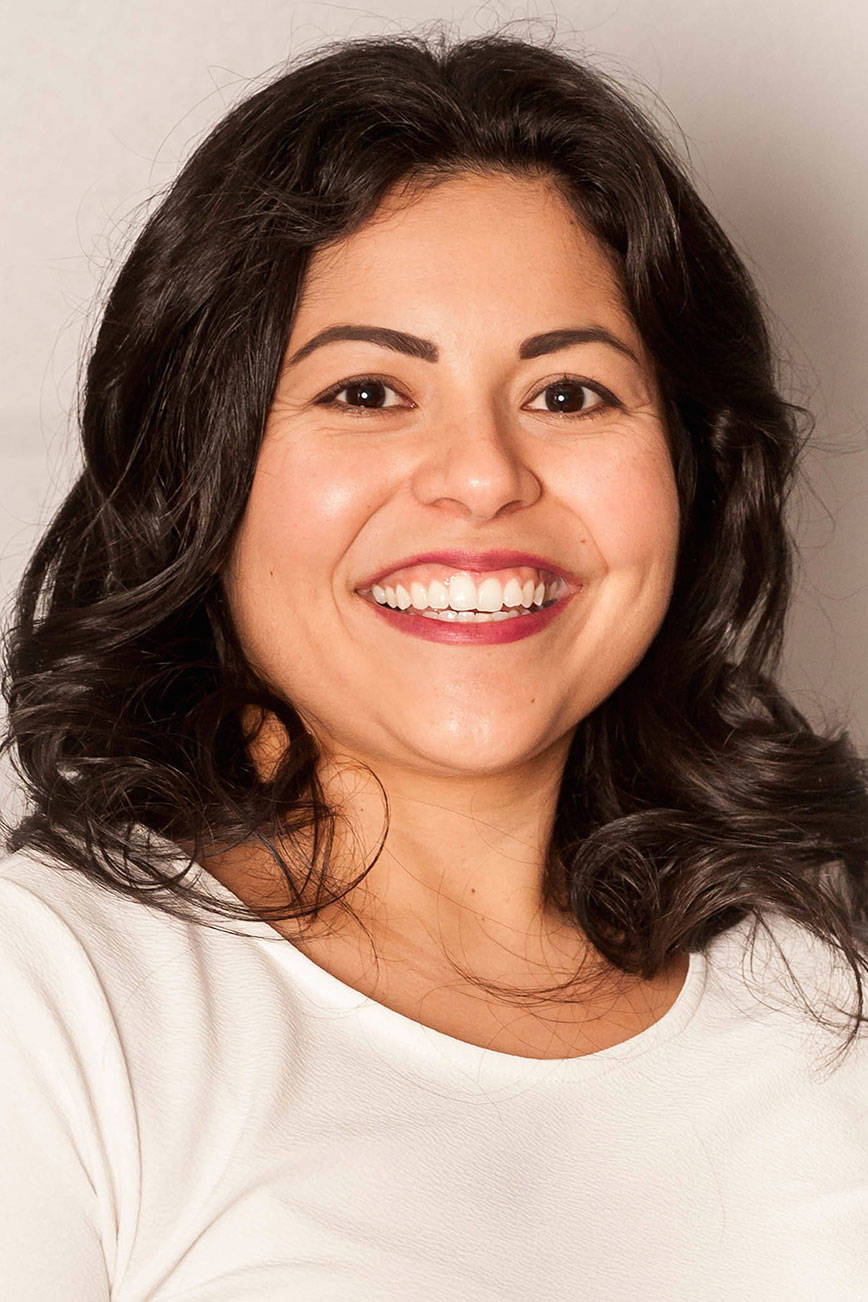Only one-quarter of Hispanic/Latino students who graduated from high school in 2010 in the South King County region have earned a college degree. By comparison, nearly one-half of Asian and white students have a degree.
The data comes from the Road Map Project, which tracks students in South Seattle and South King County. The project found that 26 percent of Hispanic/Latino students completed a two- or four-year post-secondary degree within six years after their 2010 high school graduation. Asian students had a 46 percent completion rate. White students were at 45 percent.
Narrowing this achievement gap is the goal of a new program at Highline College. The Puente program offers a cohort approach. Just 25 students learn together. They also receive academic counseling and mentoring.
Through Puente, Stephanie Ojeda Espinoza, who is helping coordinate the program, wants to help change the statistics. They are more than numbers to her. Those numbers represent her friends, her family, people just like her.
Culturally focused learning community
As a Highline instructor with roots in El Salvador and Mexico, Ojeda Espinoza understands the hurdles Latino students face.
She was the first in her family to go to college. Even though she took advanced courses in her California high school, college was a challenge.
“I did well in high school, yet when I went to college, I felt like I did not belong. I felt like an imposter,” said Ojeda Espinoza, who has a master’s degree in English. “With Puente, students from similar backgrounds motivate and support one another. And the program provides training to us as instructors for helping students cope with those feelings.”
Wanting other Latinos to succeed paved the way for her and others at Highline to look to the Puente program.
The goal of the program is to help students transfer to a four-year institution and complete a bachelor’s degree. But getting students to enroll and at least earn a two-year degree will be considered measures of success, she says.
Students will take two courses each quarter as part of the Puente cohort. One will be an English course, focused on Latino and other multicultural literature. They will also take personal development courses together and attend workshops and social activities.
Ojeda Espinoza notes that the program is open to all students, but it is designed with Hispanic/Latino students in mind.
“This group of students will benefit from the unique strategies we can provide,” she said of the Puente program, which she considers a culturally focused learning community. “The needs of some groups of students are really different. One size does not fit all in education.”
College attendance lower for Latinos
Data released Aug. 10 from the state superintendent’s office shows that 59.9 percent of Washington students who graduated in the class of 2015 enrolled in post-secondary colleges. For Hispanic/Latino students, the rate was 50.1 percent.
White students make up the bulk of those high school graduates, at 42,392, and have a college enrollment rate of 60.5 percent. Hispanic/Latino students make up the next largest group, at 11,421, but their college enrollment rate is 50.1 percent, the lowest among racial/ethnic groups with at least 1,000 high school graduates.
In the Road Map Project area, 47 percent of Hispanic/Latino students enrolled in college directly after their 2015 graduation. By comparison, 74 percent of Asian students and 63 percent of white students enrolled.
Ojeda Espinoza said that her parents were supportive of her pursuing her degree, but it is not like that for all Latino students.
“Many parents believe their children should be working instead of attending college. The Puente program and its curriculum makes room for that. Students can share with each other the cultural roadblocks they face and help each other through them.”
Economics is one reason to push for a college education.
A 2016 report from the U.S. Department of Education shows higher education translates to higher earnings: “Among Hispanics, adults who had only completed a high school diploma earned $30,329, compared with $58,493 for those who had completed four-year college (or higher).”
First Puente program in Washington
With more than 70 percent students of color, Highline ranks as the most diverse higher education institution in the state. The college looks for innovative ways to help students succeed. That drive led it to become the first in the state to offer Puente. Puente started in California in 1981.
Among the nearly 11,000 students taking college-level courses during 2015–16, 7 percent identify as Hispanic/Latino. Roughly 90 percent of students provide their race or ethnicity.



